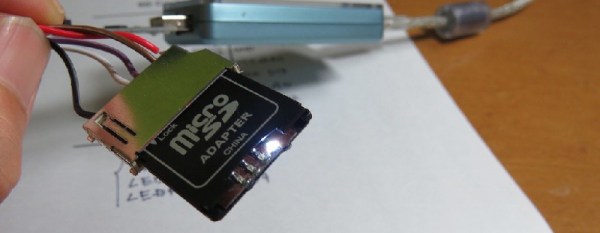Hackaday loves to spread the message of the hardware hacking lifestyle. That’s only possible where there are hardware hackers willing to spend their time getting together to talk the future of the hardware industry, and to celebrate where we are now. We’re honored that you came out en masse for our Shenzhen Workshop and Meetup!
Zero to Product
[Matt Berggren] has presented his Zero to Product workshop a few times now as part of our Hackaday Prize Worldwide series. This spring that included Los Angeles, San Francisco, and ten days ago it was Shezhen, China.
We partnered with MakerCamp, a week-long initiative that pulled in people from all over China to build a Makerspace inside of a shipping container. Successful in their work, the program then hosted workshops. The one caveat, Shenzhen in June is a hot and sticky affair. Luckly our friends at Seeed Studio were kind enough to open their climate-controlled doors to us. The day-long workshop explored circuit board design, using Cadsoft Eagle as the EDA software to lay out a development board for the popular ESP8266 module.
Continue reading “The Spirit Of Hackaday Shines In Shenzhen”


![sz-workshop-matt [Matt] leading Zero to Product workshop](https://i0.wp.com/hackaday.com/wp-content/uploads/2015/06/sz-workshop-matt.png?w=292&h=165&ssl=1)






















